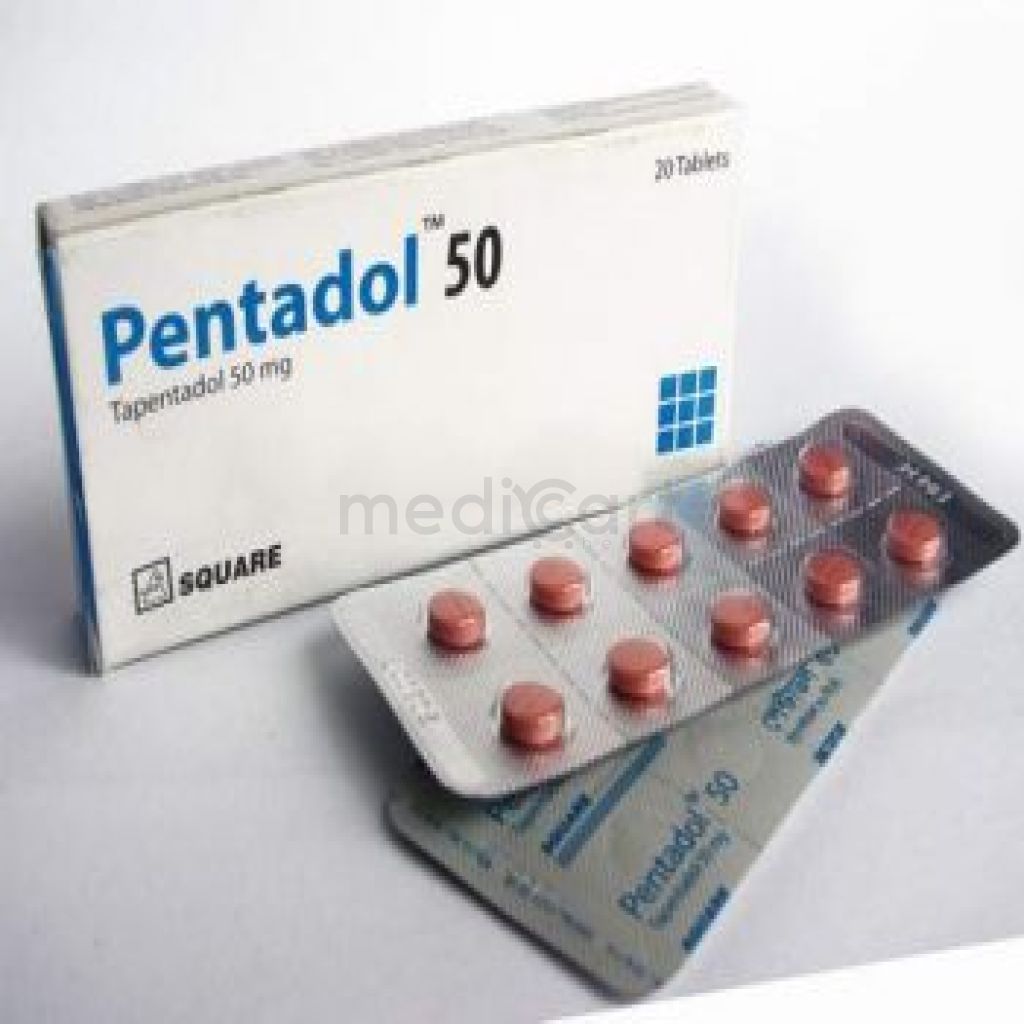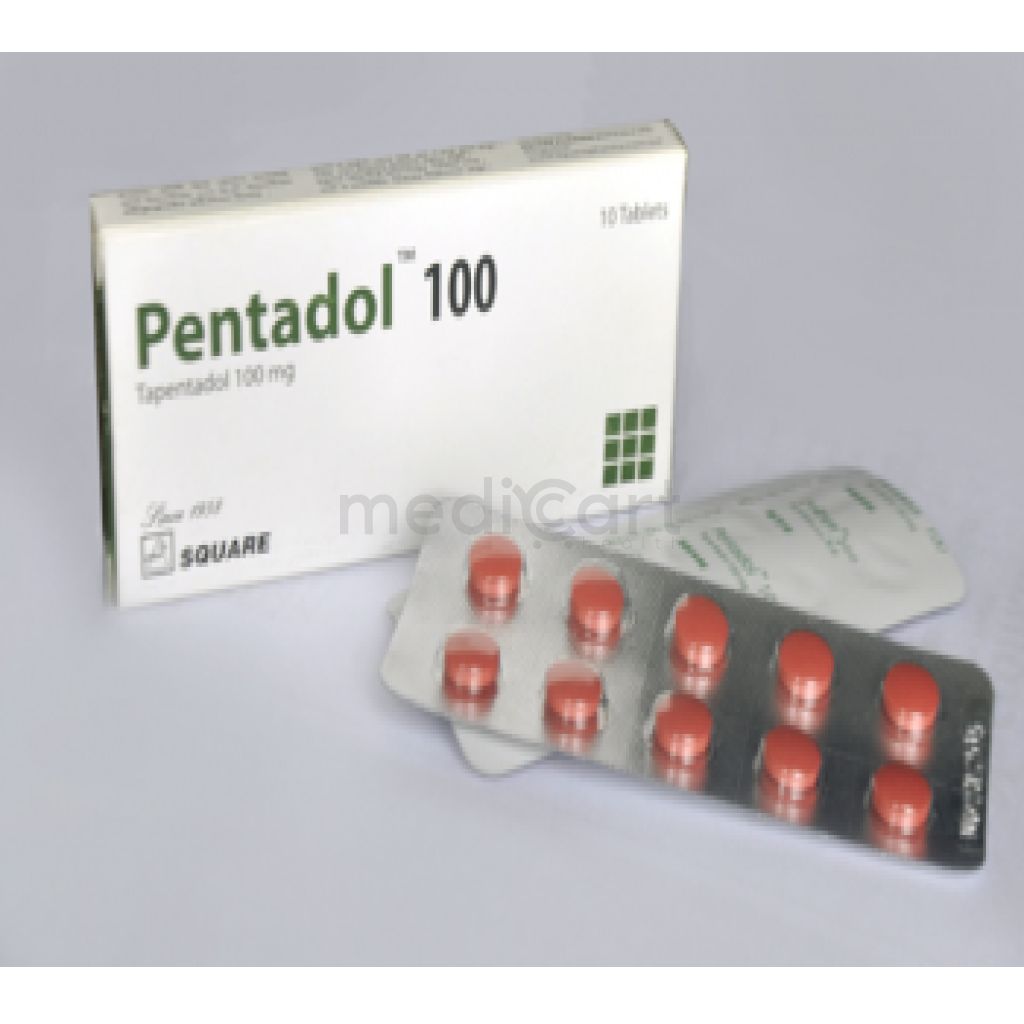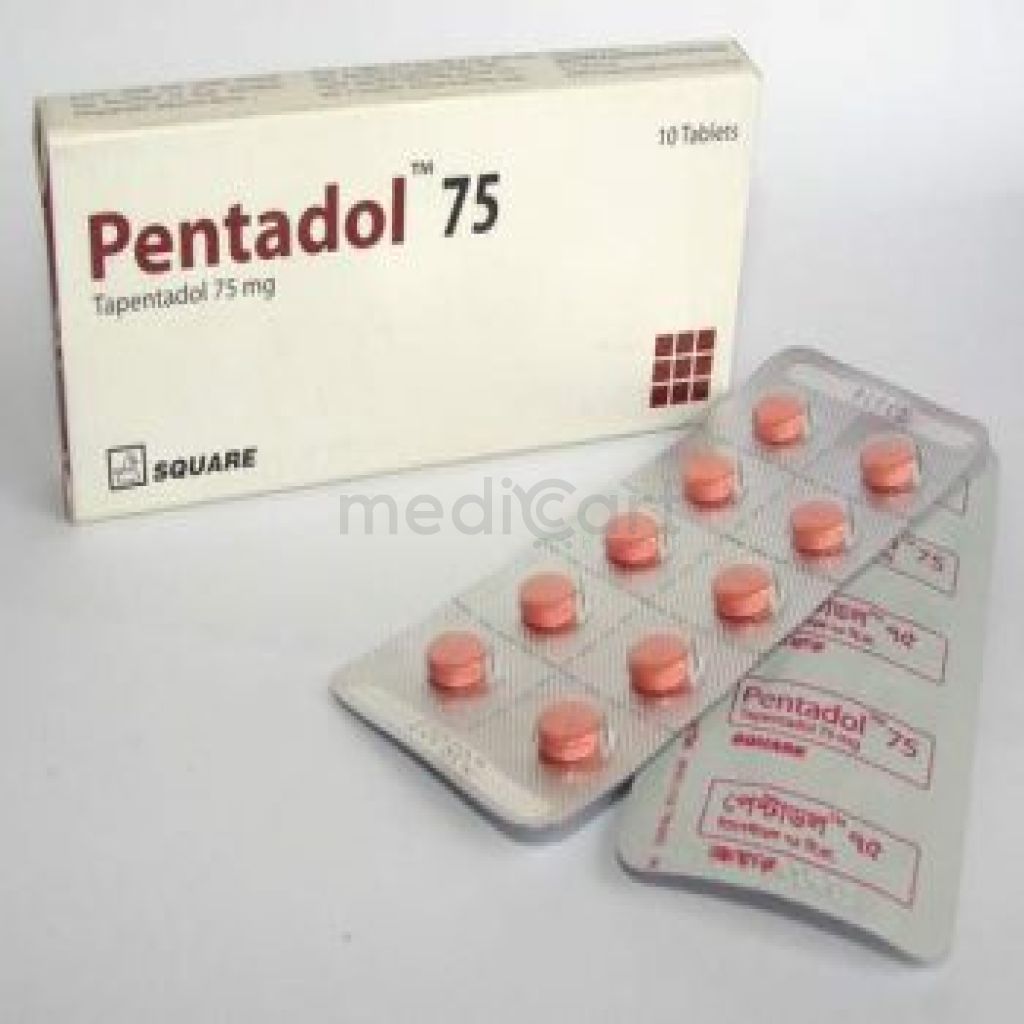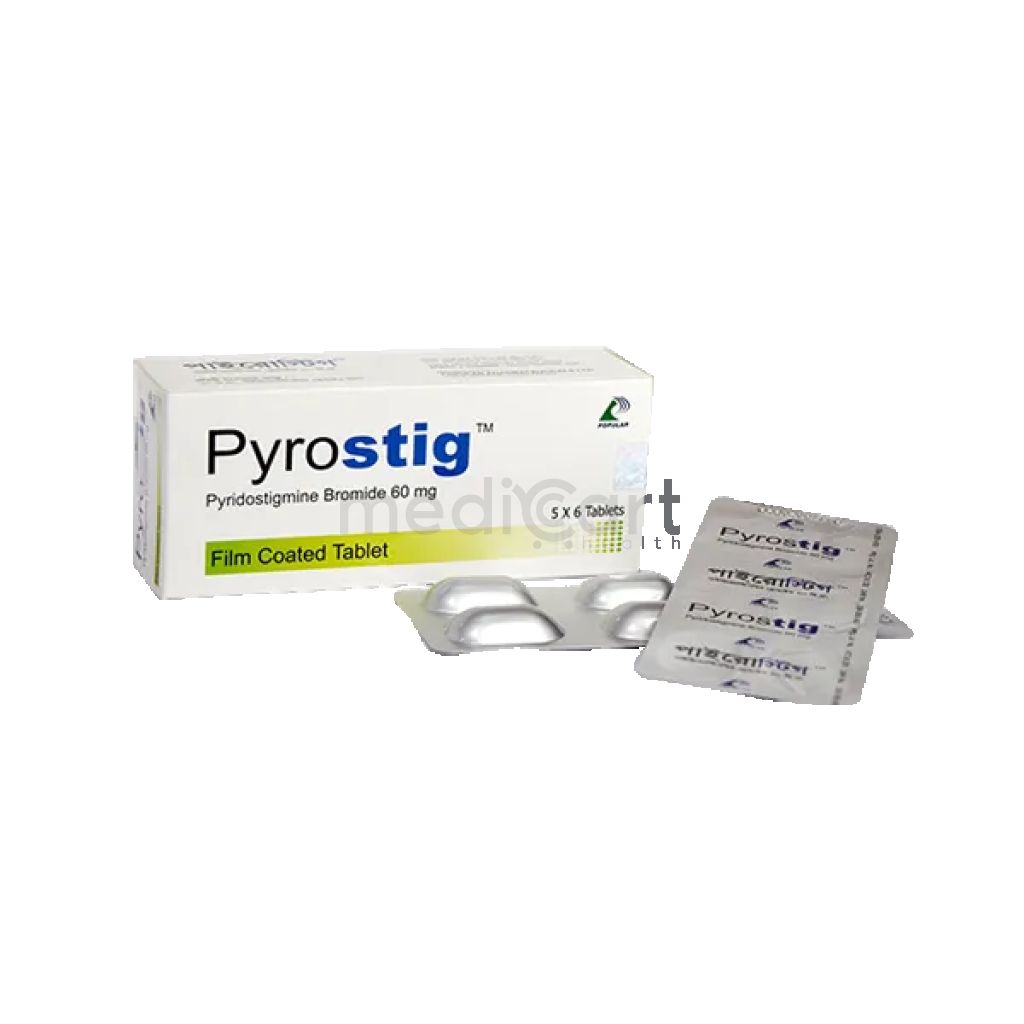

Pentadol 50 50mg
Tablet
Pack Size :
10 Tablet x 1 Strip
Generics :
Tapentadol
Manufacturer :
Square Pharmaceuticals Ltd.
Best Price *
TK
140.50
* Delivery will be done in Dhaka city only.
More Information About - Pentadol 50 50mg
Description
Generic Name
TapentadolPrecaution
Tapentadol should be administered with caution to patients with conditions accompanied by hypoxia, hypercapnia, respiratory problems such as: asthma, chronic obstructive pulmonary disease etc. Besides this, in case of patient with sleep apnea syndrome, myxedema, kyphoscoliosis, central nervous system (CNS) depression should have to be cautious prior administration of Tapentadol. Patients receiving other ?-opioid agonist analgesics, general anesthetics, phenothiazines, other tranquilizers, sedatives, hypnotics, or other CNS depressants (including alcohol) concomitantly with Tapentadol may exhibit additive CNS depression.Indication
Acute Moderate-to-Severe Pain, Musculoskeletal pain, Diabetic Peripheral NeuropathyContra Indication
Significant resp depression (in unmonitored settings or absence of resuscitative equipment), acute or severe bronchial asthma or hypercapnia, known or suspected paralytic ileus; acute intoxication w/ alcohol, hypnotics, centrally acting analgesics or psychotropic active substances. Concurrent or recent (w/in 2 wk) therapy w/ MAOIs.Dose
N/ASide Effect
>10% Nausea (30%),Dizziness (24%),Vomiting (18%),Somnolence (15%) 1-10% (selected) Constipation (8%),Pruritus (5%),Xerostomia (4%),Fatigue (3%),Hyperhidrosis (3%),Anorexia (2%),Dyspepsia (2%),Insomnia (2%)Pregnancy Category
Name : Not Classified
Description
FDA has not yet classified the drug into a specified pregnancy category.Mode of Action
Mu-opioid agonist; inhibits ascending pain pathways, thus altering response to pain; produces analgesia, respiratory depression, and sedation; also inhibits reuptake of norepinephrine, which also affects ascending pain pathways.Interaction
Potential severe adverse effects w/ MAOIs. CNS-active drugs; other serotonergic agents (including triptans, SSRIs, other SNRIs, lithium, sibutramine, fentanyl & its analogues, tramadol, dextromethorphan, tapentadol, meperidine, methadone, pentazocine or St. John's wort), drugs which impair serotonin (eg linezolid & methylene blue) or serotonin precursors (eg tryptophan supplements). Increased risk of QTc prolongation &/or ventricular arrhythmias w/ some antipsychotics & antibiotics. Decreased AUC & Cmax of indinavir. Increased AUC & Cmax of haloperidol. Increased plasma conc w/ ketoconazole. Increased plasma conc & reduced BP-lowering effect of metoprolol. Increased AUC of risperidone. Reduced metabolism w/ CYP2D6 inhibitors. Increased venlafaxine levels w/ CYP3A4 inhibitors.Pregnancy Category Note
Pregnancy Prolonged use of opioid analgesics during pregnancy can cause neonatal opioid withdrawal syndrome; there are no available data in pregnant women to inform a drug associated risk for major birth defects and miscarriage; published studies with morphine use during pregnancy have not reported a clear association with opioids and major birth defects Prolonged use of opioid analgesics during pregnancy for medical or nonmedical purposes can result in physical dependence in the neonate and neonatal opioid withdrawal syndrome shortly after birth; the onset, duration, and severity of neonatal opioid withdrawal syndrome vary based on specific opioid used, duration of use, timing and amount of last maternal use, and rate of elimination of drug by newborn; observe newborns for symptoms of neonatal opioid withdrawal syndrome and manage accordingly Severe fetal bradycardia reported when administered during labor; naloxone may reverse these effects; although there are no reports of fetal bradycardia earlier in pregnancy, it is possible it may occur; drug should be used in pregnancy only if clearly needed, if potential benefit outweighs risk to fetus, and if appropriate measures such as fetal monitoring are taken to detect and manage potential adverse effect on fetus Labor or delivery Opioids cross placenta and may produce respiratory depression and psycho-physiologic effects in neonates; an opioid antagonist, such as naloxone, must be available for reversal of opioid induced respiratory depression in neonate; drug is not recommended for use in women during and immediately prior to labor, when use of shorter-acting analgesics or other analgesic techniques are more appropriate; opioid analgesics can prolong labor through actions that temporarily reduce strength, duration, and frequency of uterine contractions; however, this effect is not consistent and may be offset by an increased rate of cervical dilatation, which tends to shorten labor; monitor neonates exposed to opioid analgesics during labor for signs of excess sedation and respiratory depression Infertility Due to effects of androgen deficiency, chronic use of opioids may cause reduced fertility in females and males of reproductive potential; it is not known whether effects on fertility are reversible Lactation Drug is present in breast milk; published lactation studies report variable concentrations of drug in breast milk with administration of immediate-release formulation to nursing mothers in early postpartum period The developmental and health benefits of breastfeeding should be considered along with mother?s clinical need for therapy; capsules and any potential adverse effects on breastfed infant from therapy or from underlying maternal condition Monitor infants exposed to drug through breast milk for excess sedation and respiratory depression; withdrawal symptoms can occur in breastfed infants when maternal administration of an opioid analgesic is stopped, or when breast- feeding is stoppedAdult Dose
Oral Moderate to severe acute pain Adult: Initially, 50 mg, 75 mg or 100 mg 4-6 hrly, depending on pain intensity. On day 1, a 2nd dose may be given 1 hr after the initial dose if pain relief is inadequate; subsequent dose may be given 4-6 hrly, adjust according to response. Max: 700 mg on day 1, 600 mg daily on subsequent days. Elderly: Initiate dosage at lower end of range Hepatic impairment Mild: Dosage adjustment not required Moderate: 50 mg q8hr initially; dosing frequency not to exceed 3 times daily; Severe: Not recommendedChild Dose
Safety and efficacy not establishedRenal Dose
Renal impairment CrCl >30 mL/min : Dosage adjustment not required CrCl <30 mL/min: Not recommendedAdministration
May be taken with or without food.Disclaimer
The information provided herein are for informational purposes only and not intended to be a substitute for professional medical advice, diagnosis, or treatment. Please note that this information should not be treated as a replacement for physical medical consultation or advice. Great effort has been placed to provide accurate and comprehensive data. However, Medicart along with its authors and editors make no representations or warranties and specifically disclaim all liability for any medical information provided on the site. The absence of any information and/or warning to any drug shall not be considered and assumed as an implied assurance of the Company.







